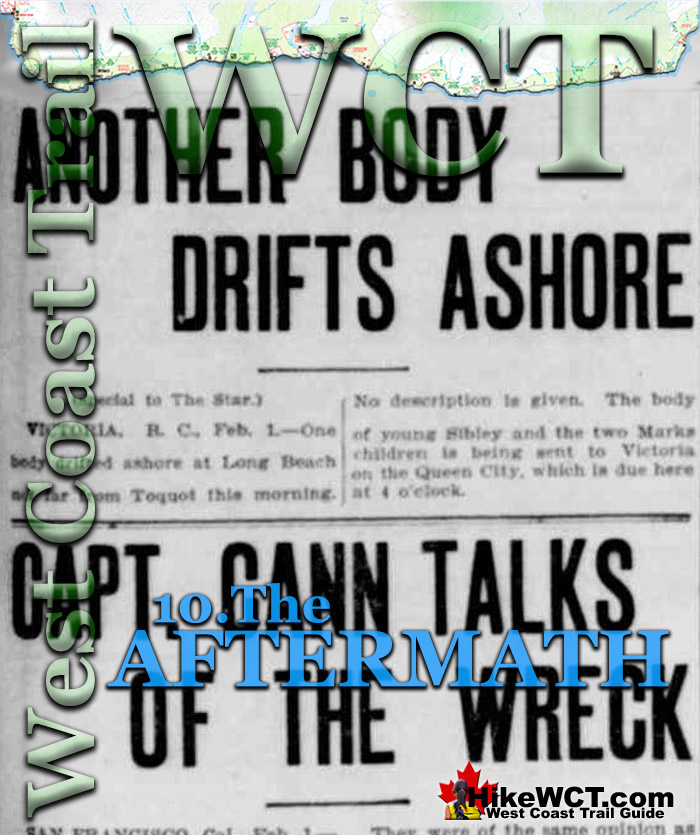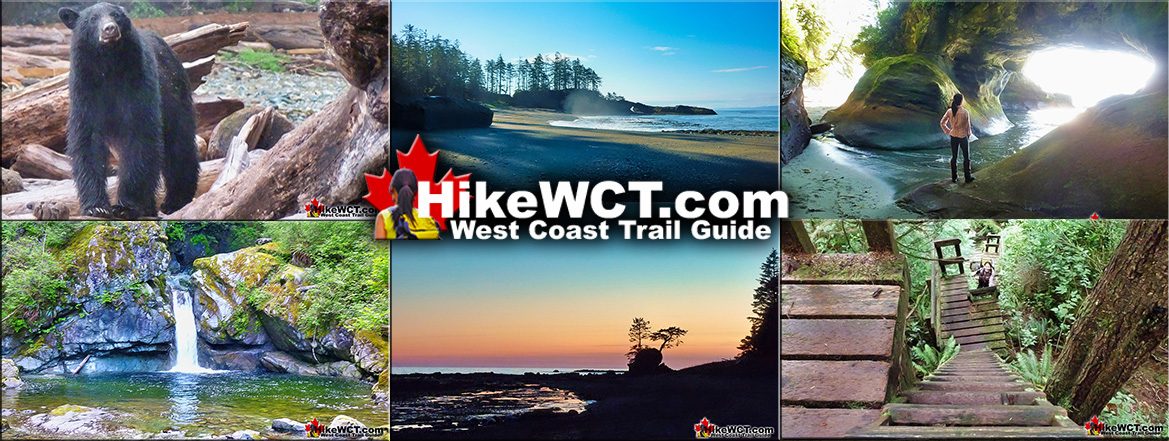![]() A week after the wreck of the Valencia, The Daily Colonist of Victoria ran a cover story about the aftermath of the disaster and the horrific scenes that continued to be found. Sydney Van Wyck of San Francisco, who arrived by the tug Wyadda to search for his sisters body was interviewed about the experience. He described bodies found washed ashore terribly mutilated and decomposed. “One body was found yesterday, not identified. This brings the total number recovered to 28. Ten had been previously brought here and eight arrived last night.”
A week after the wreck of the Valencia, The Daily Colonist of Victoria ran a cover story about the aftermath of the disaster and the horrific scenes that continued to be found. Sydney Van Wyck of San Francisco, who arrived by the tug Wyadda to search for his sisters body was interviewed about the experience. He described bodies found washed ashore terribly mutilated and decomposed. “One body was found yesterday, not identified. This brings the total number recovered to 28. Ten had been previously brought here and eight arrived last night.”
The Valencia Disaster
![]() 1. The Valencia
1. The Valencia ![]() 2. The Voyage
2. The Voyage ![]() 3. The Boats
3. The Boats ![]() 4. The McCarthy Boat
4. The McCarthy Boat ![]() 5. The Bunker Party
5. The Bunker Party ![]() 6. On the Valencia
6. On the Valencia ![]() 7. The Rafts
7. The Rafts ![]() 8. The Turret Raft
8. The Turret Raft ![]() 9. The Rescue Ships
9. The Rescue Ships ![]() 10. The Aftermath
10. The Aftermath ![]() 11. The Survivors
11. The Survivors ![]() 12. The Lost
12. The Lost
The West Coast Trail
![]() Prologue
Prologue ![]() 1: The West Coast Trail
1: The West Coast Trail ![]() 2: When to Hike & Fees
2: When to Hike & Fees ![]() 3: Trailheads
3: Trailheads ![]() 4: Getting There
4: Getting There ![]() 5: Considerations
5: Considerations ![]() 6: Campsites
6: Campsites ![]() 7: Shipwrecks
7: Shipwrecks ![]() 8: Routes
8: Routes ![]() 9: Sights & Highlights
9: Sights & Highlights
Many bodies were taken to the beach at Darling River to be picked up by boat. “The majority were in badly decomposed condition, some with part of the head and skull missing.” Another search began near the Valencia and no bodies were found, however “following where the sea-gulls were thickest found five bodies floating over a mile from the wreck.” Lineman Logan reported a woman’s body was spotted in the breakers about 100 feet off shore, but they were unable to get close. “Lieut. Stromberg said he would get it if he had to swim for it. He and four men clambered over the rocks, and after many trials secured the body, but the rising water cut them off and they had to spend the night on the rocks without provisions. They were taken off the next day.” While the Wyadda continued searching for bodies it became possible to take a close look at the Valencia and the unbelievably difficult location she came to be in. Van Wyck recalled, “When the Wyadda was bound down with the five bodies recovered by the Perry this morning she stopped off the wreck and we sent in a dory with two Nome beachmen who got off three bodies which Capt. Smith had ready. Capt. Patterson and myself, with some seamen again visited the wreck, and went to the inside of it, within fifteen feet of the high cliff, which is 150 feet high and with about 30 feet of an overhang – making it impossible for anyone who reached shore from the wreck to climb it.”
Sydney Van Wyck’s continued the story of the search for his sister, “The boat again went over the wreck and I broke off a piece of the spar. The hull was seen plainly, and its plates were seen broken. No bodies were seen. I sure that all is being done this is practicable, though if it were a more settled community more men and steamers could be secured to more adequately search for victims. There were some theories that my sister’s body have been looted of rings, and clothing, but I do not think so. I will leave tomorrow for San Francisco with my sister’s body, which has been positively identified, a local dentist having carefully examined her dental work and compared it with descriptions, and expect to reach San Francisco on Wednesday.”
The Valencia Disaster Continued: 11. The Survivors
Best West Coast Trail Sights & Highlights
The Valencia Disaster
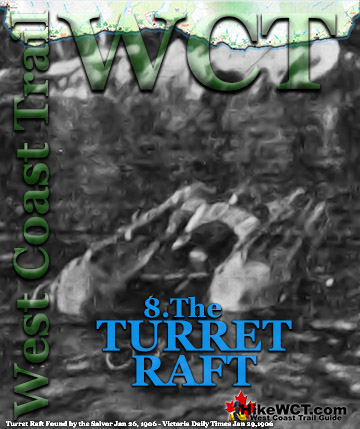
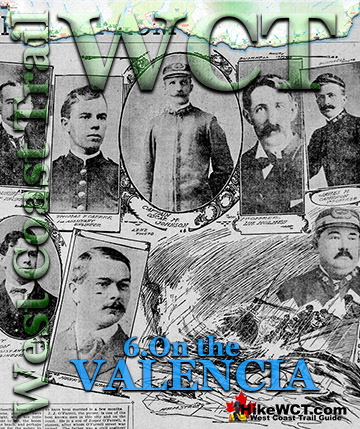
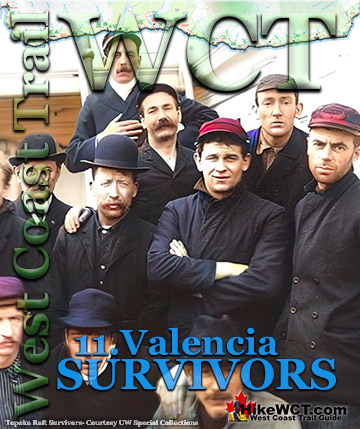
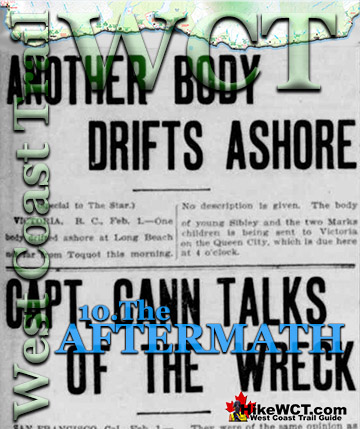
West Coast Trail A to Z
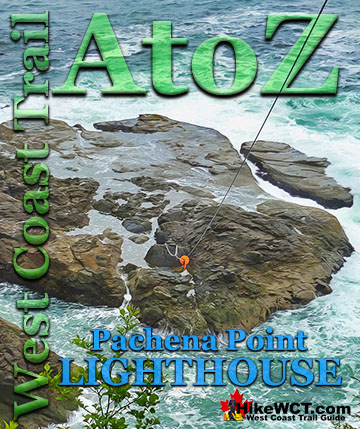
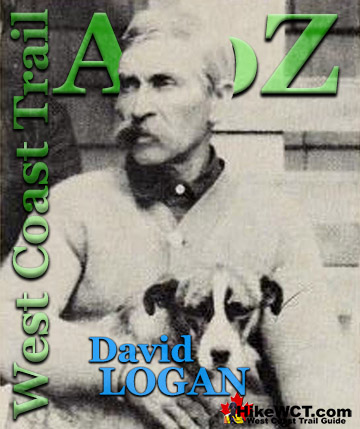
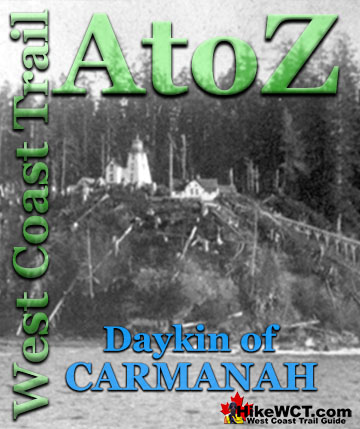
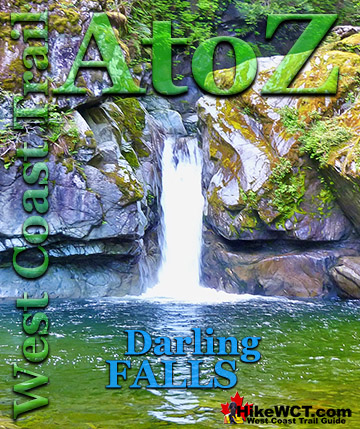
The West Coast Trail by Day
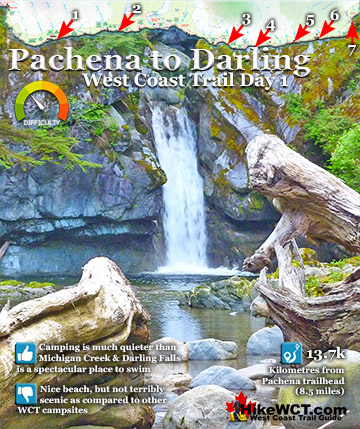
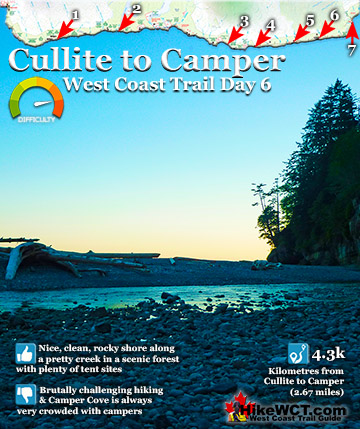
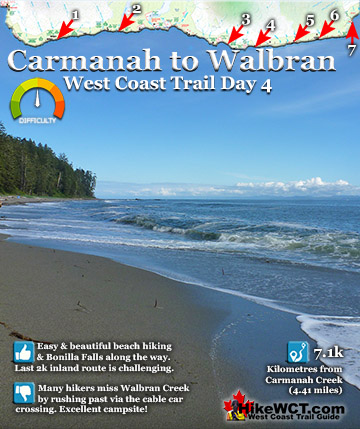
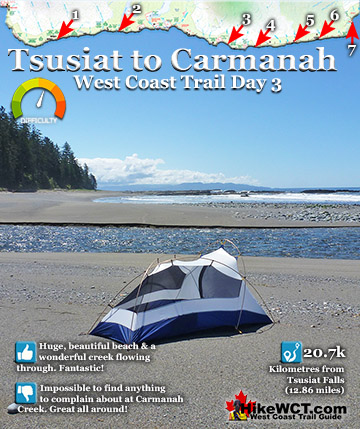
Explore BC Hiking Destinations!
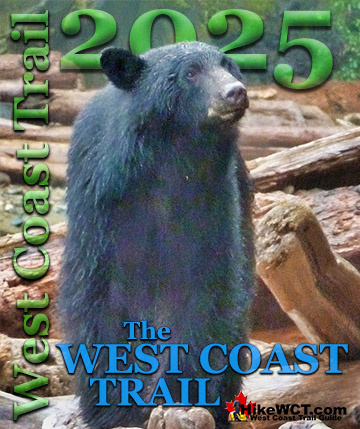
The West Coast Trail

Victoria Hiking Trails

Clayoquot Hiking Trails

Whistler Hiking Trails
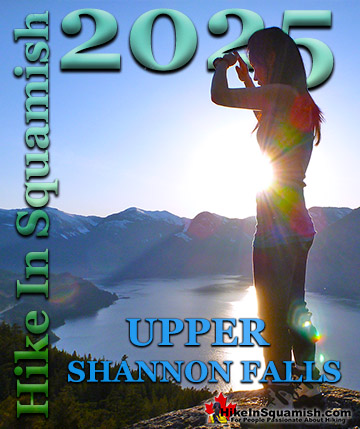
Squamish Hiking Trails

Vancouver Hiking Trails

